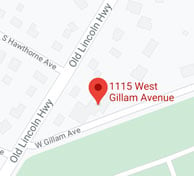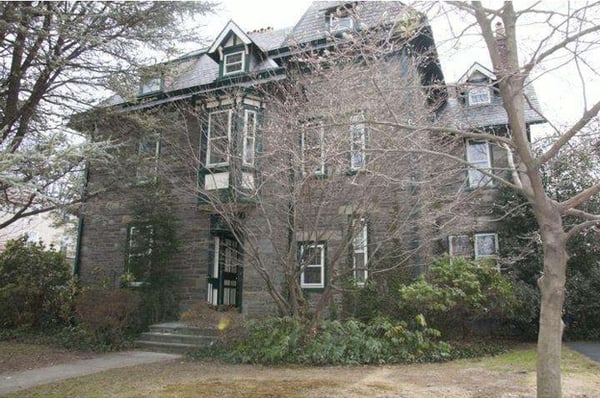
Our homeowner was excited about his new three-story home in the Chestnut Hill section of Philadelphia in 2019. This stately, brick home had an old-fashioned historic charm to it. But with old-fashioned often comes a drawback: an outdated HVAC system. This home had an older oil furnace that was supposed to heat the first two floors, but the second floor was always too cold and uncomfortable. Not to mention- the heat didn’t reach the third floor at all. Moreover, this furnace was older than a basic AC system, so it didn’t have the controls to add cooling. Their only option to save their comfort was to purchase a brand new HVAC system all together.
As our homeowner was planning his move, he ran into a few challenges while thinking about how to make his house more comfortable for its next owners. As a result, it would take more than just putting in a more powerful or more efficient furnace to solve this problem. And, after doing some research, our homeowner realized he’d need more than one solution to make it all work.
Challenges of Heating and Cooling an Older Three-Story Home
Our homeowner’s first step toward fixing the heating and cooling problems in his three-story house was understanding what was happening. After looking over the house and speaking with him, we identified four particular challenges.
Challenge One: The existing furnace was old and inefficient
This one’s pretty straightforward: the decades-old furnace was ready for retirement. Newer models can do the same job with less energy, and they’re set up with controls to handle air conditioning, too. Adding a newer and efficient system to your home, such as a heat pump will decrease your energy bills by using more electricity resulting in more savings!
Furnaces get weaker as they get older. Even when they’re working their hardest, they’re just not up to the task anymore.
Challenge Two: The ductwork wasn’t designed for cooling
The ductwork in this home was designed and installed before residential air conditioning became commonplace in the seventies. Since heat rises, older ductwork would taper off the higher it went. This structure prevents warmth from shooting straight to the top of the house without treating the first floor.
On the other hand, cooled air is heavier. It wouldn’t rise as easily in the first place, and really wouldn’t make it to the second story with this ductwork. So, even if we added a new furnace and AC compressor, the cooling wouldn’t get past the first floor.
Challenge Three: No ductwork at all for the third floor
This one’s straightforward as well- no ductwork means no way to heat and cool the third floor even with a new furnace.
Read a similar Case Study about poor ductwork: Ductless Mini Split in Cheltenham Home With Poor Ductwork
Challenge Four: Three-story homes have large variances in temperature
This is a common problem even in two-story homes: you can see differences anywhere from five to 12 degrees every time you get to the next story. In this home, with no ducts reaching the third floor, those jumps are even more noticeable.
Combining a Two-Stage Furnace and High Velocity in a Three-Story Home
This home had a distinct set of problems. So, to solve them, our homeowner went with a unique combination of HVAC solutions. After going through his options, he settled on a two-stage furnace for the first floor with a high-velocity heating and cooling system for the second and third stories.
Both these feature benefits you won’t find on a traditional furnace. These help our homeowner solve the specific heating and cooling problems he notices in his new home. Replacing both systems at once will save on labor costs, and show almost immediate change in his home. Let’s see break down these two systems.
Did you know that its important to make sure your systems are compatible with each other?
If you are looking to replace either your AC or furnace- it's important to consider how well your other systems work. If you plan on only replacing one system, system compatibility becomes crucial, especially when installing equipment from different brands. Equipment from the same brand is built to be compatible with its thermostat and complimentary system.
Two-stage furnace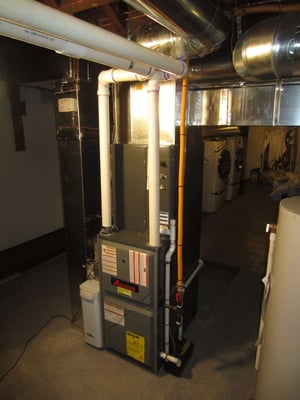
Like most homes, this house has a one-stage furnace. One stage furnaces have two modes- on and off. The on mode runs at 100% while the off mode runs at 0%. These are perfect for smaller and compact homes that only turn on their furnace when it gets very cold out. This furnace is kind that clicks on to heat the house then shuts down when it’s the right temperature. After a little while, when it gets chilly, it clicks back on. This cycle occurs a few times every hour.
A two-stage furnace, on the other hand, also has a secondary, lower-power mode. This is a crucial difference in saving energy and money! Homeowners with a two-stage furnace can turn on their heat on chillier fall days without having to run their system at 100%.
Most times, that low-power mode is all the home needs — especially since it only needs to treat the first floor in this home. The second and third have the high velocity system.
When it gets really cold, the furnace switches to the second stage to keep things comfortable. Any other time, it uses much less energy without blasting the home with more dry air than it needs.
High velocity system
Upstairs, our homeowner went with a high velocity system. These use very small, flexible ductwork to push air with much more pressure than traditional systems. In general, high velocity is very quiet and produces more comfortable, even heating and cooling. For this house, it offered another advantage.
Treating three floors with traditional ductwork is tricky because the air loses pressure as it climbs higher and higher. Plus, there are always small leaks where the air escapes on the way. With high velocity, however, that will not an issue. The air is always pressurized enough to treat the top floor as well as any other.
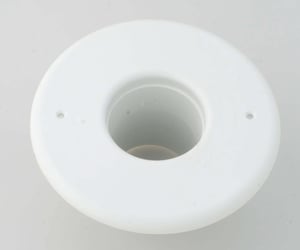
Best of all, our homeowner didn’t have to worry about new ductwork changing the look and feel of his home. The high-velocity tubing fits neatly in the rafters of the walls. Moreover, the vents are only a few inches in diameter. Since they circulate the air so well, we can tuck them away in corners and behind doors.
Final Thoughts
It turned out that installing the two-stage furnace for the first floor cost less than high-velocity for all three stories. And, since the furnace will only handle that smaller area most of the time, it will stay in low-power mode for the most part.
Now our homeowner has the cooling and heating he wants all year. For the first time ever, this includes bringing comfort to the second and third floor. After this unique upgrade with state-of-the-art HVAC systems, this historic home is more comfortable than ever.
If you are located in the Delaware Valley Area and looking to find comfort in your home, visit our website or give us a call at 215-245-3200 to learn more.


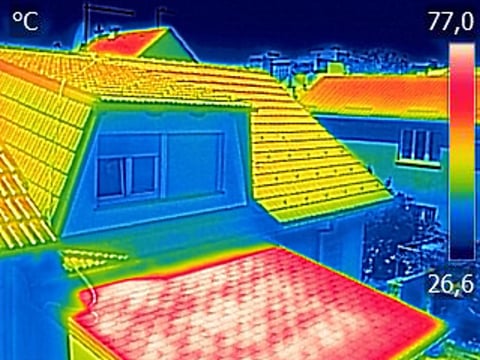


-1.jpg?width=500&height=375&name=IMG_1732-(1)-1.jpg)



